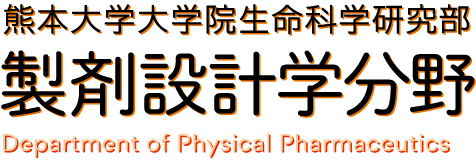Int J Pharm. 2004 Nov 22;286(1-2):81-88.
Applicability of (SBE)(7m)-b-CD in controlled-porosity osmotic pump tablets (OPTs).
Okimoto K, Tokunaga Y, Ibuki R, Irie T, Uekama K, Rajewski RA, Stella VJ.
Technological Development Laboratories, Fujisawa Pharmaceutical Co. Ltd., 1-6, Kashima 2-chome, Yodogawa-ku, Osaka 532-8514, Japan.
The purpose of this study was to investigate the general application of a controlled-porosity osmotic pump tablet (OPT) utilizing (SBE)(7m)-beta-CD as both a solubilizer and an osmotic agent for drugs with varying physical properties. OPTs utilizing (SBE)(7m)-beta-CD were prepared for five poorly soluble and two highly water-soluble drugs. The Japanese Pharmacopoeia dissolution method was used to study the drug and (SBE)(7m)-beta-CD release from the OPTs. The drug concentration in the OPT core after the OPT was placed in the release medium for two hours was assayed gravimetrically and by HPLC. An appropriate composition ratio (ACR) of (SBE)(7m)-beta-CD to drug at which drug release from the OPT was complete and pH-independent within the physiological pH range of the GI tract was determined for each drug. The ACR values correlate to the drug concentration in the OPT core when the OPTs were placed in the release medium for two hours. The release profiles of prednisolone (a poorly water-soluble drug) and sodium chloride (a water-soluble compound) from the OPTs were almost the same as that of (SBE)(7m)-beta-CD. Also, the release rate of each drug per unit membrane surface area from the OPTs was similar, regardless of the differences in drug solubility. The present results confirmed that (SBE)(7m)-beta-CD serves as both a solubility modulator and as an osmotic pumping agent for OPTs, from which the release rate of both water-soluble and poorly water-soluble drugs can be controlled.


